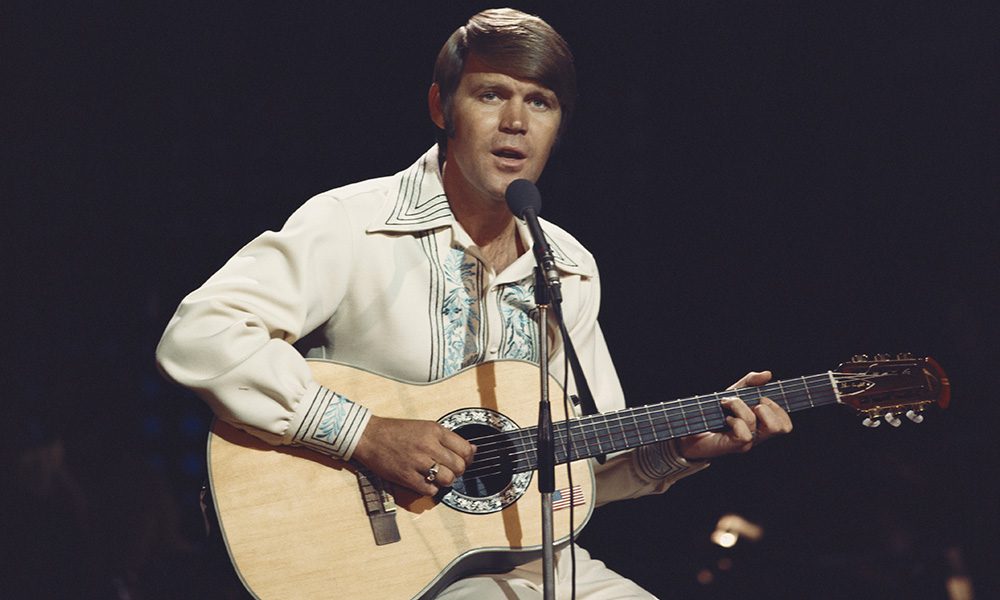


There are instruments older than Trigger, but few guitars have logged as many playing hours in a lifetime, and Nelson plays hard. If Trigger can’t play, Nelson won’t play. Band members consider Trigger a part of the band, but with one important difference: if something happens to one of them the show will go on. The two have been virtually inseparable over the decades, and if Trigger can’t go on stage, Nelson won’t go on either. At the time no one else had amplified acoustic guitars, and he used this technique to craft his own unique sound. In Texas he could push the boundaries and experiment with his music. Texas offered another climate for musicians, and Nelson was a success. He had done well as a songwriter for others, but his solo career had yet to take off. The house burning down seemed like a sign, and Nelson and Trigger moved from Nashville to Texas to play honky-tonk clubs. In Rolling Stone’s documentary about Trigger, Nelson remembers the day fondly, “Well, I saved Trigger, so it was a good day.” A new start for Willie Nelson’s music On Christmas 1969, Nelson’s house caught fire, and he dared the blaze to save the guitar. The Martin fit the bill, and he named it Trigger after Roy Rogers’ horse. He wanted an instrument that could help him get a sound more like Django Reinhardt – his biggest musical influence. Nelson met the nylon string Martin guitar in 1969 after a drunk destroyed his last guitar. Trigger is an old Martin N-20, and few instruments have been played as much, or as well as it has. Willie Nelson has entertained audiences since he was 13 years old, and through the decades his guitar Trigger has become almost as famous as he is.


 0 kommentar(er)
0 kommentar(er)
